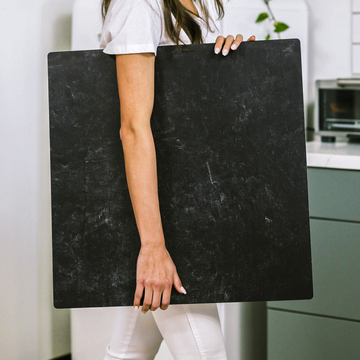When you start diving into product photography, it’s tempting to obsess over colors, props, or the latest trending flat lay setups. Amid the rush, most people overlook a crucial detail-a detail that can make or break the professional look of your images: micro-texture on your backdrop boards.
This isn’t just photographer geek-speak. Micro-texture is the reason some product shots seem effortlessly crisp, rich, and polished, while others frustrate you with endless editing and dull results. Ready to discover how this subtle feature might just be your studio’s secret weapon? Let’s dive in.
What Is Micro-Texture, and Why Should You Care?
Picture two “white matte” backdrops: to your eye, they look practically identical. But through your lens, one creates strange shine and tricky color shifts. The edge? Micro-texture-tiny patterns engineered into the board’s surface, crafted to interact with light on a level that’s virtually invisible until you see the results.
These micro-details help diffuse light evenly, prevent harsh glare, and deliver reliable color. In other words, micro-texture does more for your shoot than any trendy color swatch ever could.
How Micro-Texture Transforms Your Shooting Experience
- No more glare or hot spots: Micro-texture scatters light in all directions, making those pesky reflections vanish-even with challenging lighting.
- Color that’s true and consistent: Forget about weird color casts or having to fix “warm” or “cool” shifts in post. Micro-textured boards keep your tones even shoot after shoot.
- Edit like a pro (without the pain): Say goodbye to hours of cloning out shiny blemishes or wrestling with fuzzy edges in Photoshop. Images from a textured board have cleaner transitions and easier edges, cutting editing time way down.
Why Micro-Texture Makes Products Look Luxurious
Ever noticed how luxury brands showcase their merchandise on stone, linen, or subtle-grained backdrops? It’s not just about style. Studies show that these textures actually make products appear more valuable and trustworthy. Even an affordable candle can look high-end on a thoughtfully engineered surface.
How to Spot a Well-Engineered Micro-Texture Backdrop
- Look under strong light at an angle: A quality board diffuses light subtly-no big, bright streaks.
- Feel the surface: Good micro-texture feels soft and consistent, not rough or plasticky.
- Zoom in: If you can, use your camera’s macro mode or a magnifier. You’ll see an even, purposeful grain, not random bumps or splotches.
Brands like Replica Surfaces make this attention to detail a top priority, ensuring each board delivers identical results every time.
The Bottom Line: Why You Should Invest in Micro-Texture
- Save time on edits and spend more time creating.
- Consistency under any light-natural or artificial.
- Boost your product’s appeal and brand trust in one move.
In short, the next time you’re searching for the perfect backdrop, don’t just think about the color or pattern-feel for that micro-texture. It’s a small detail, but it can make a world of difference in your workflow and your final images.
Do you use micro-textured backdrops in your photography? Share your tips and results in the comments-we’d love to see how you make the most of this underappreciated superpower.



